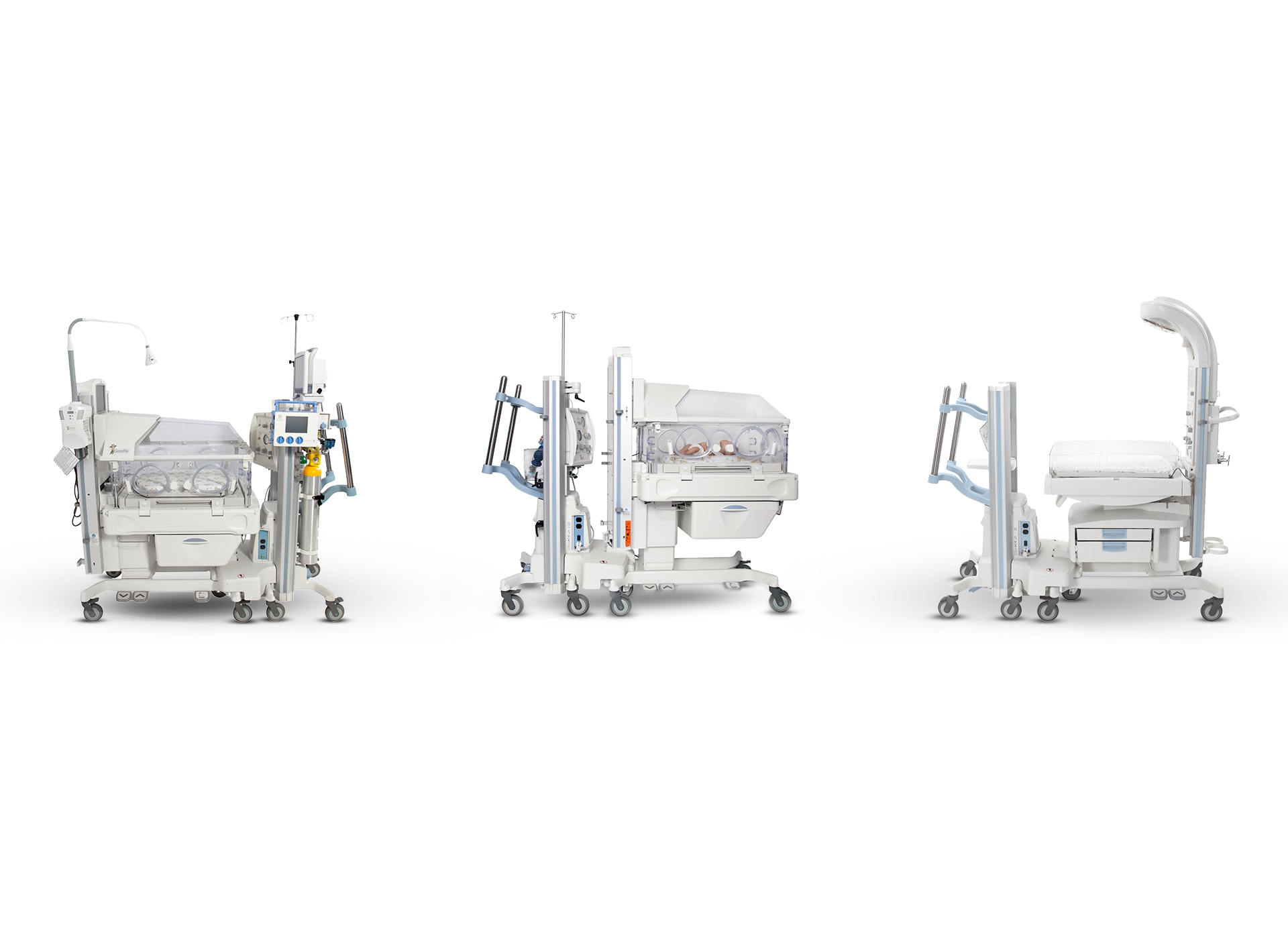More than just convenient. It’s clinically proven.

Safer transport means a better bottom line.
- Bed transfers contribute to lower admission temperatures2,3
- Lower admission temperatures contribute to higher infection rates4
- Infection treatment leads to higher cost5
Videos
Giraffe Shuttle motion
Giraffe Shuttle product side
Education & training
*Incubators and warmers compatible with the Giraffe Shuttle include: Giraffe OmniBed Carestation, Giraffe Incubator Carestation, Giraffe Warmer, Panda Warmer, Giraffe Incubator and Giraffe OmniBed
1. Kim SM et al. Improved care and growth outcomes by using hybrid humidified incubators in very preterm infant. Pediatrics 125(1), 137-145, 2010
2. Nedrelow J, Bloom BT, and Clark RH. Admission temperature is an independent predictor of survival for infants born between 24-29 weeks gestation. Pediatric Academic Society Meeting, 5/7/2007, E-PAS2007:617934.25.
3. Bhatt DH, Carlos CG, Parikh AN, White R, Seri I, and Ramanathan R. Prevalence of transitional hypothermia in newborn infants on admission to newborn intensive care units. Pediatric Academic Society Meeting, 5/7/2007, E-PAS2007:617933.23. • From 24 to 29 weeks…temperature had an independent effect on survival. For each degree change there was an increase in survival by approximately 10%.
4. Laptook AR, Salhab W, Bhaskar B and Neonatal Research Network. Admission temperature of low birthweight infants: Predictors and associated morbidities. Pediatrics 2007; 119:e643-e649. • Admission temperature was inversely related to…late-onset sepsis (11% increase per 1°C decrease).
5. Payne et al , 2004. Marginal Increase in Cost and Excess Length of Stay Associated With Nosocomial Bloodstream Infections in Surviving Very Low Birthweight Infants, Pediatrics, Vol 114, No2. • Nosocomial Infections have the greatest impact on overall cost for very low birthweight Infants.
